Engineering is all about finding creative solutions to problems, and this process starts from a young age.
Preschoolers are curious and imaginative, making them the perfect little engineers in the making! Introducing engineering activities to preschoolers not only sparks their interest in science, technology, engineering, and math (STEM) but also helps develop their critical thinking and problem-solving skills.
We will explore interesting engineering activities for preschoolers that will ignite their creativity and help them think like engineers.
From building towers to designing bridges, these activities are not only engaging but also educational.
Straw Rockets:
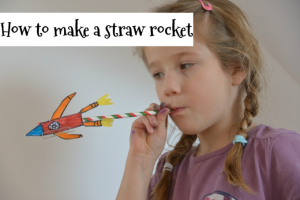
In this activity, preschoolers can create a rocket using straws, paper, and tape. They can decorate the paper and launch the rocket by blowing into the straw. This activity teaches children about the basics of rocket science, such as propulsion and aerodynamics. It also encourages creativity and problem-solving skills as children experiment with different designs and decorations.
Egg Drop Challenge:

In this activity, preschoolers are given materials to design and build a contraption that will protect a raw egg from breaking when dropped from a high place. This activity teaches children about structural engineering and the importance of balancing forces. It also encourages critical thinking and experimentation as children test different designs and materials to protect their eggs.
Related: 20 Fun Leap Year Activities for Kids
Magnetic Maze:
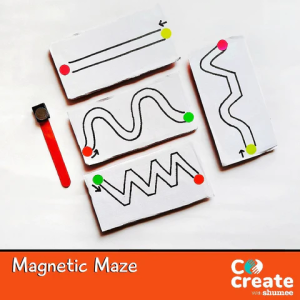
This activity uses magnets and a metal ball to create a maze. Preschoolers guide the ball through the maze using a magnetic wand. This activity teaches children about magnetic fields and the principles of magnetism. It also encourages problem-solving and fine motor skills as children navigate the maze.
Popsicle Stick Bridges:
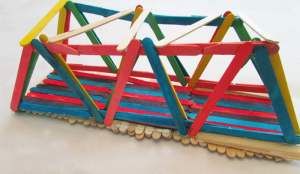
In this activity, preschoolers use popsicle sticks and glue to create a bridge that can support the weight of small objects. This activity teaches children about structural engineering and the importance of weight distribution. It also encourages creativity and critical thinking as children experiment with different bridge designs and materials.
Related: 20 Fun Friday Activities for Preschool
Rube Goldberg Machines:
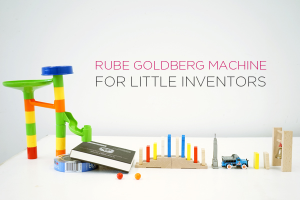
This activity involves creating a complex machine that performs a simple task using everyday objects. Preschoolers can use their imaginations to create their own Rube Goldberg machines, using materials such as dominoes, marbles, and toy cars. This activity teaches children about cause and effect, as well as the principles of mechanics and engineering. It also encourages creativity and problem-solving skills as children experiment with different combinations of objects to achieve their goals.
Balloon-Powered Cars:
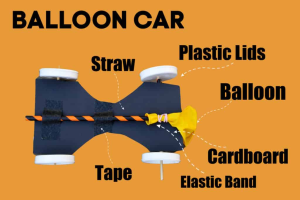
In this activity, preschoolers can create a car that is powered by a balloon using materials such as straws, cardboard, and balloons. This activity teaches children about the principles of propulsion and aerodynamics. It also encourages creativity and problem-solving skills as children experiment with different designs and materials to make their cars go faster and farther.
Lego Tower Challenge:
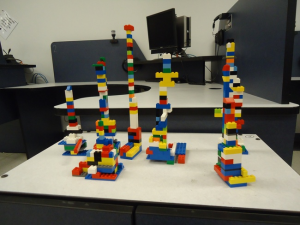
Give each child a set of Lego blocks and challenge them to build the tallest tower they can in a certain amount of time. This activity teaches children about structural engineering and the importance of balance and stability. It also encourages teamwork and collaboration as children work together to build a tower.
Cartesian Divers:
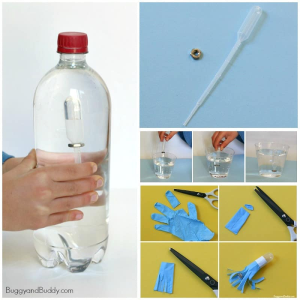
In this activity, preschoolers use a plastic bottle and an eyedropper to create a Cartesian diver that sinks and floats. This activity teaches children about buoyancy and pressure, as well as the principles of fluid dynamics. It also encourages problem-solving and critical thinking skills as children experiment with different designs and materials to make their diver sink or float.
Solar Oven:
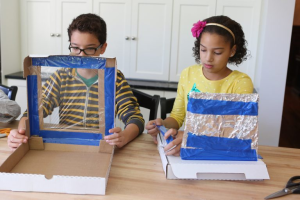
Use a pizza box and aluminum foil to create a solar oven and cook a snack. This activity teaches children about the principles of solar energy and the importance of sustainability. It also encourages creativity and problem-solving skills as children experiment with different designs and materials to make their solar ovens more effective.
Electrical Circuits:
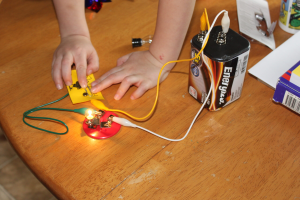
In this activity, preschoolers use batteries, wires, and bulbs to create simple electrical circuits and light up a bulb. This activity teaches children about the principles of electricity and the importance of safety when working with electricity. It also encourages problem-solving and critical thinking skills as children experiment with different circuit designs and materials to make their bulbs light up.
Paper Airplanes:
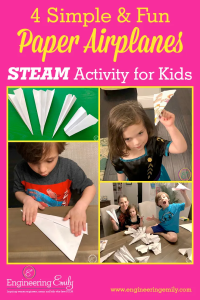
Preschoolers can make and decorate their own paper airplanes using colored paper, markers, and stickers. They can experiment with different designs to see which one flies the farthest and highest. This activity teaches children about aerodynamics and the principles of flight. It also encourages creativity and problem-solving skills as children experiment with different paper airplane designs.
Catapults:
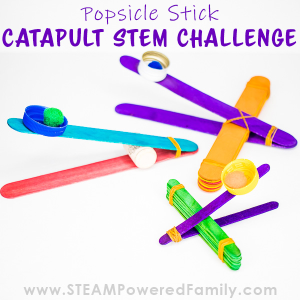
In this activity, preschoolers can build a catapult using materials such as popsicle sticks, rubber bands, and a spoon. They can then launch small objects such as marshmallows or pom-poms and see how far they can go. This activity teaches children about projectile motion and the principles of force and motion. It also encourages creativity and problem-solving skills as children experiment with different designs and materials to make their catapults more effective.
Water Play:
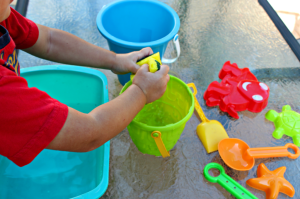
Fill a container with water and provide preschoolers with various items such as sponges, funnels, and water wheels. This activity teaches children about the principles of water flow and the importance of conservation. It also encourages creativity and problem-solving skills as children experiment with different objects to see how they affect the water flow.
Pulleys:

In this activity, preschoolers can use a pulley system to lift and move objects. They can experiment with different pulley designs to see how they affect the weight that can be lifted. This activity teaches children about mechanical advantage and the principles of simple machines. It also encourages creativity and problem-solving skills as children experiment with different pulley designs.
Marble Run:
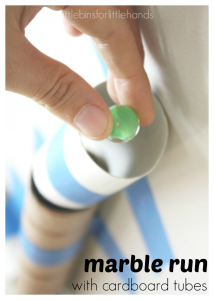
Use cardboard tubes, paper cups, and tape to create a marble run. Preschoolers can experiment with different designs to see which one allows the marble to travel the farthest and fastest. This activity teaches children about the principles of motion and gravity. It also encourages creativity and problem-solving skills as children experiment with different marble run designs.
Marshmallow Bridges:
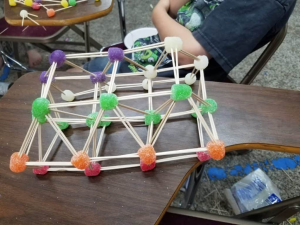
Provide preschoolers with toothpicks and mini marshmallows to create a bridge. They can then test the strength of their bridge by placing weights on it. This activity teaches children about the principles of structural engineering and the importance of balance and stability. It also encourages creativity and problem-solving skills as children experiment with different bridge designs.
Straw Skyscrapers:
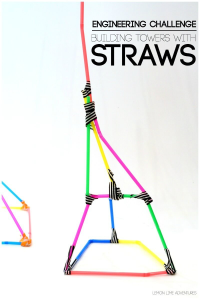
Preschoolers can use straws and tape to create a skyscraper. They can then test the strength of their skyscraper by placing weights on it. This activity teaches children about the principles of structural engineering and the importance of balance and stability. It also encourages creativity and problem-solving skills as children experiment with different skyscraper designs.
Magnetic Tile Creations:
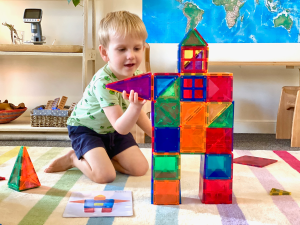
Provide preschoolers with magnetic tiles and ask them to create a structure such as a castle or a bridge. This activity teaches children about the principles of magnetism and the importance of critical thinking and problem-solving skills. It also encourages creativity and exploration as children experiment with different magnetic tile designs.
Wind-Powered Sailboats:

In this activity, preschoolers can create a sailboat out of a Styrofoam tray and a straw. They can then use a fan to blow wind onto the sailboat and see how fast it travels. This activity teaches children about the principles of wind power and the importance of energy conservation. It also encourages creativity and problem-solving skills as children experiment with different sail designs.
Straw Structures:
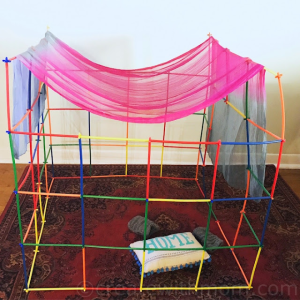
Provide preschoolers with straws and connectors such as pipe cleaners or plastic connectors. They can then use the straws and connectors to create structures such as towers or bridges. This activity teaches children about the principles of structural engineering and the importance of balance and stability. It also encourages creativity and problem-solving skills as children experiment with different structural designs.

